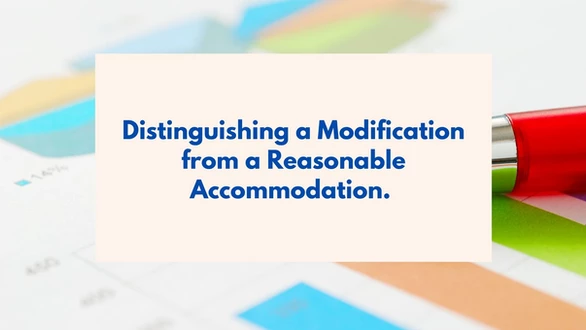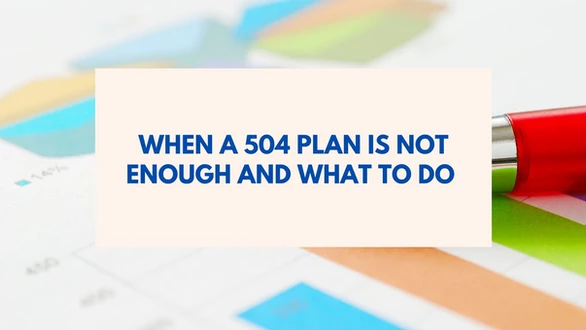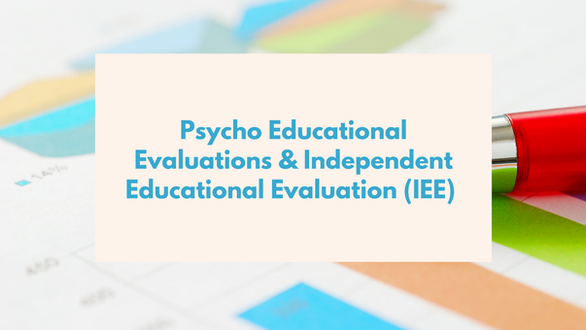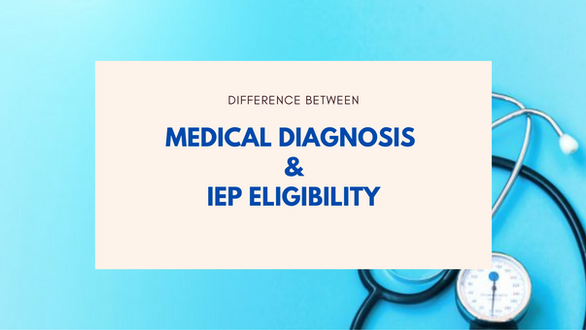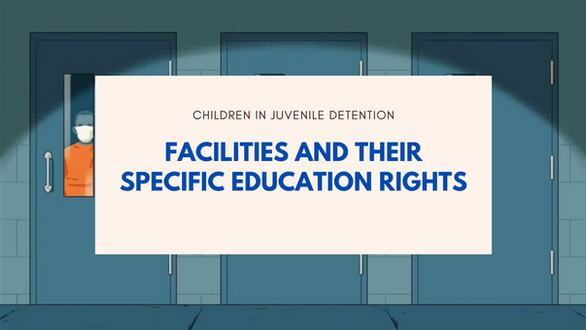The Individualized Education Program is not a one-time deal. The average student roughly spends 60% of his or her youthful years in school: and as such, as parents, we want to make sure that our children get the best kind of learning program so they learn the most efficient way. This is why additional IEP meetings are designed – to continuously monitor your child’s learning progress. The Initial IEP Assessment The initial IEP meeting is done 30 calendar days after the parent makes a written request to the Student Study Team (SST) to conduct an IEP team meeting. If the parent makes an oral request, the school district must direct the parent to make a written request that clearly documents the child’s case, and if possible, supply additional reports to reinforce the request. Note that the meeting may be conducted beyond the 30-calendar day period if there is a school break that exceeds five school days after the request is made. Once the SST finishes the assessment, they will present it to the parent for consent. As soon as the parent agrees to the proposed assessment, the SST has 60 calendar days to conduct a meeting to review the student’s re-assessment. Note that if the parents’ referral is received 30 days or fewer before the end of the school year, the review will be conducted within the first 30 days of the next school year. This may be extended depending on whether or not there are school breaks in excess of 5 school days in between. Additional IEP Meetings In addition to the initial assessment and review, the SST may also conduct annual IEP reviews to determine the progress of the student’s learning. Annual IEP reviews are done no longer than 12 months after the date of the last IEP meeting. The SST may also conduct a Triennial eligibility review (done every three years) to determine if the IEP is still working sufficiently for the student. Ideally, the triennial review happens every three years based on the date of the last triennial review, but this may occur more frequently if it is necessary (but not more than once per year unless both parties agree). Furthermore, the parent and the Local Education Authority (LEA) may agree in writing whether to limit the scope of the triennial assessment, or to deem it completely unnecessary. Should both parties agree to the triennial eligibility review, the process should be started at least 60 days before the planned TER. If a student begins to show decline in his or her studies, the IEP team may conduct another meeting to review his or her lack of anticipated progress. This helps get the student back on track if the parent or the or the IEP team begins to see that the IEP is no longer working as efficiently for the student as it used to. It is important that the IEP team is convened within 30 days after determining that the student is demonstrating a lack of anticipated progress. Any changes to the initial assessment of the student’s IEP must be done within 15 calendar days from the date of referral. If the referral is received 10 days or fewer before the end of the school year, then the proposed re-assessment of the IEP will be done within the first 10 days of the next school year. Note that the procedural safeguards notice must be attached to the assessment plan. As soon as the assessment plan is shown to the parents, they have at least 15 calendar days to provide their consent to the proposed re-assessment plan.






